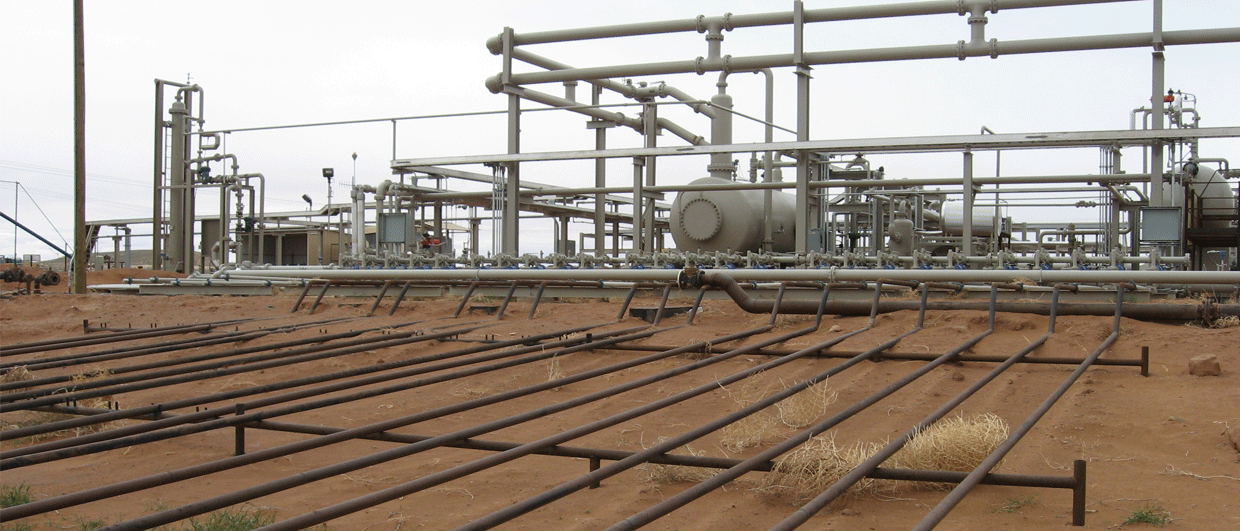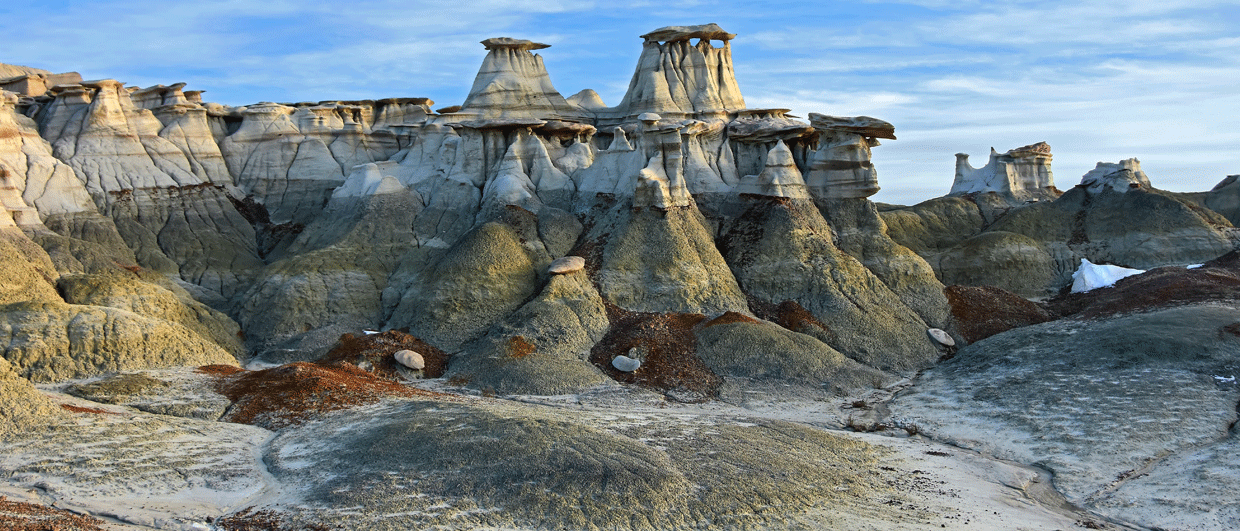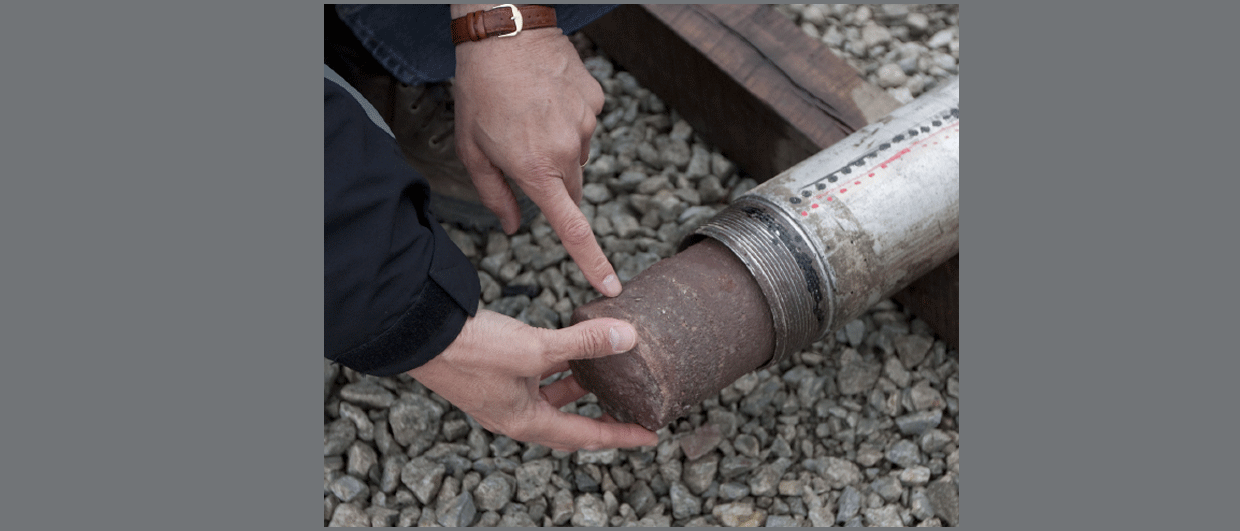As oil and gas geoscientists, we often focus on the reservoir we are targeting. Seldom do we consider what might be happening deeper, especially in basement rocks. However, what happens there can just about always have an impact on what’s going on in the sedimentary section above.
The basement can be a culprit for geothermal and geochemistry anomalies observed in produced fluids. It can also set up structural trends or lineaments that develop during later tectonic events impacting things like structural traps, migration pathways, breached seals, and depositional trends of the reservoirs above. Therefore, studying the basement should be a vital step when exploring for a prospect or developing a play.
Two orogenies
The seismic line shown here is from west Texas, where we see relatively flat-lying Permian and Pennsylvanian strata, gently dipping pre-Pennsylvanian age strata, and more steeply dipping intra-basement reflectors. The intra-basement reflectors were initially very puzzling. However, with some knowledge of the tectonic history and looking at nearby outcrop data, we can presume that what we’re looking at is part of the Proterozoic-age Grenville Orogeny and these are likely meta-sediments that were sheared in an ancient fold and thrust belt.
Following the Grenville Orogeny were periods of erosion and deposition, removing much of the Precambrian topography. This was followed by passive margin subsidence resulting in deposition of carbonates and shales in the Tobosa Basin, the precursor to the modern Permian Basin. The region was then subject to the Pennsylvanian Orogeny where Grenville-age structures and younger strata were deformed. While much of the substantial deformation occurred during the Pennsylvanian, some of the activity did linger into the Permian, affecting many of the reservoirs targeted today. The Pennsylvanian age structures impacted paleo-bathymetry, guiding sediments to their final Permian depocenters. These structures tend to overlie deeper Grenville-age deformation, suggesting that many of the Grenville-age structures were either reactivated or controlled the location and orientation of Pennsylvanian-age structures.
Shaping depositional patterns
Although the resulting structures at the Permian level may appear subtle, the impact from the Grenville and Pennsylvanian orogenies had a huge role in shaping Permian depositional patterns. We can identify areas where faults were more easily reactivated versus areas where the basement was more stable during deformation. This may identify migration pathways, seal breaches, and subtle traps. We can also identify terrane boundaries and tie that to geothermal anomalies. So, although often overlooked, the type of basement rock, the fabric, and the structural deformation are all important things to consider and understand for successful prospecting in a basin.





